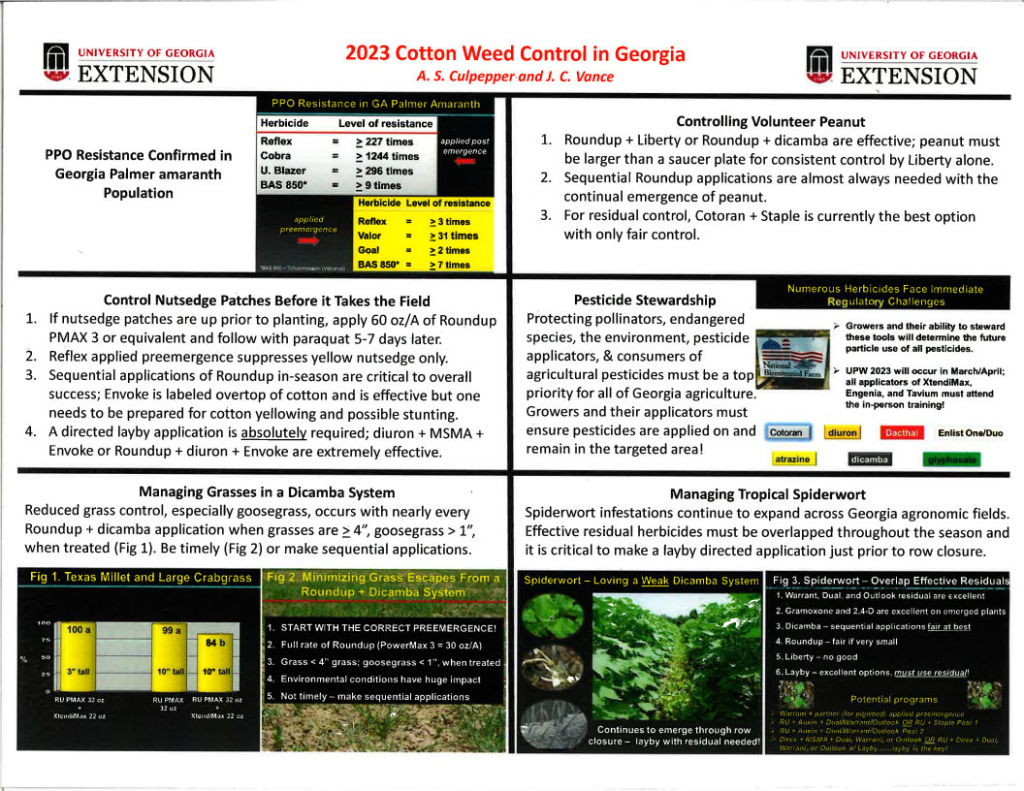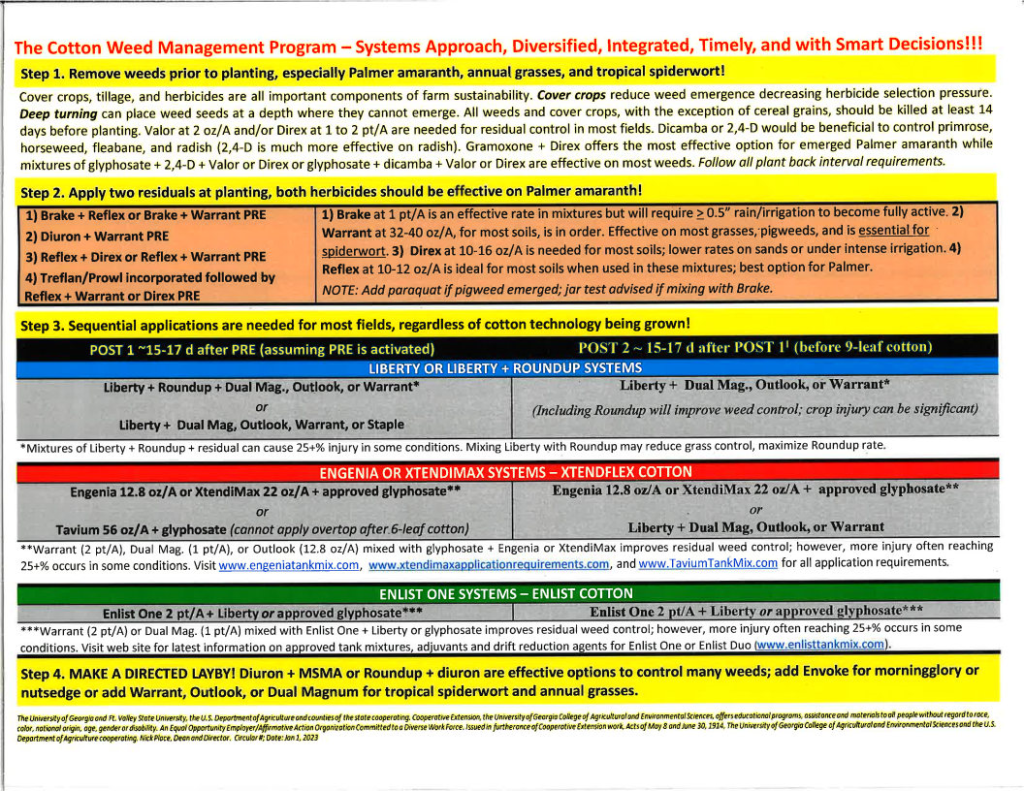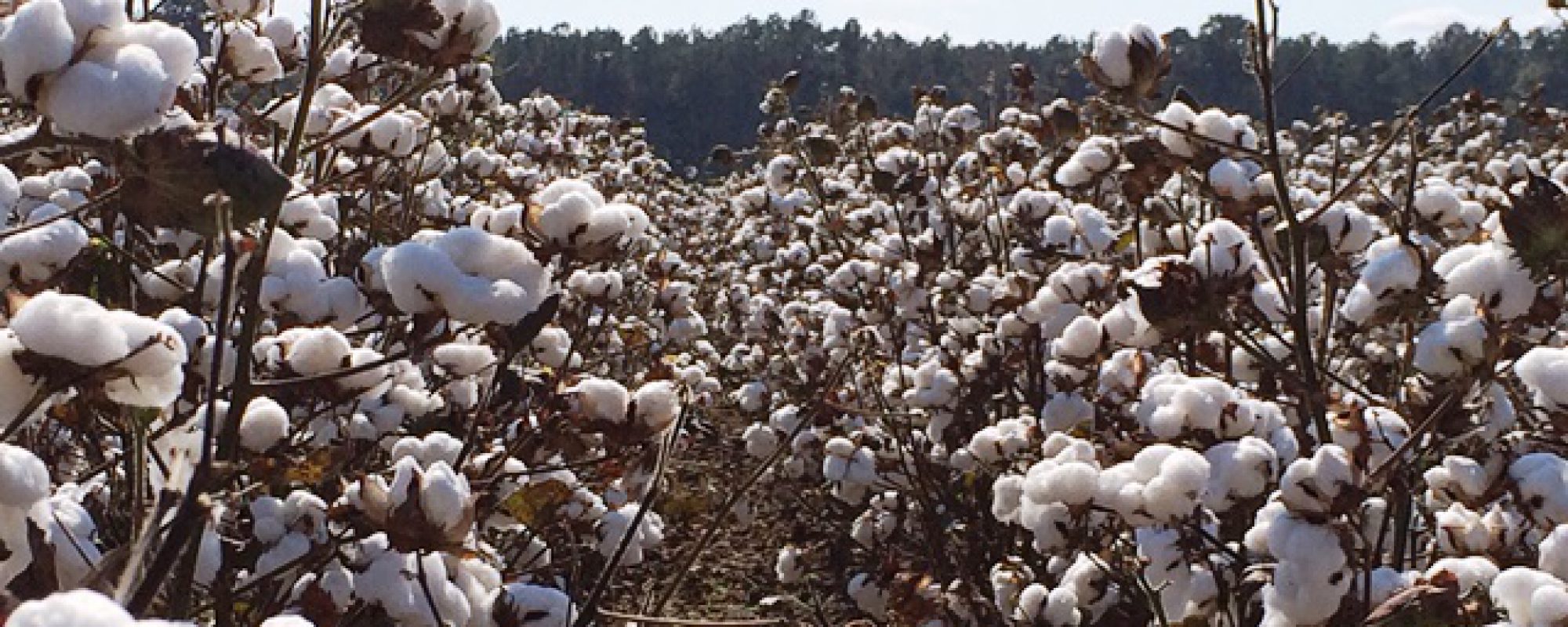Information in this edition should be helpful as you continue to prepare to plant cotton and peanuts in 2023. The weather continues to change and the cooler temperatures seem to want to hang around. Hopefully the warmer conditions will be here to stay soon.
I know many of you use the Georgia Automated Environmental Monitoring Network for local weather information. There are many stations located throughout the state for you to receive information – Statesboro has a station. Choose which station is nearest you and then select the data from that station you are interested in obtaining. Click HERE to go to the Georgia Automated Environmental Monitoring Network homepage. Each station monitors air temperature, relative humidity, rainfall, solar radiation, wind speed, wind direction, soil temperature at 2, 4, and 8 inch depths, atmospheric pressure, and soil moisture. Data are summarized at 15 minute intervals and at midnight a daily summary is calculated.
Please click HERE to assess your risk to peanut diseases (click Get your risk!) at top of page and to view the 2023 Peanut Rx cards (click Resources) at top of page. Each companies name is listed under choose management plan – click on company name that you wish to view their fungicide programs.
Please see the 2023 Cotton Weed Control in Georgia handout below:


Thrips infestations are generally higher on early planted cotton compared with later planted cotton. High risk planting dates for thrips injury is a moving target from year to year. Click HERE to view the Thrips Infestation Predictor for Cotton which is a web-based tool which predicts thrips risk by location and planting date. If the risk is high for thrips on a given planting date, consider using a more active at-plant insecticide or be prepared to scout and potentially make a timely foliar spray if a seed treatment is used.
